Summertime’s heat waves bring lazy afternoons, ice cream, and sunsets that seem to go on for days. But the same high temperatures that make a swim in the local creek so appealing can slow the bite down. You can still catch largemouths if you play your cards right, but you’ll have to work for them. Panfish are typically less affected by elevated temps, willingly blasting a wide variety of natural baits or lures. The scrappy fighters are a ton of fun on light tackle, and make a pretty excellent meal, too. If you want some summer fun, look no further than panfish.
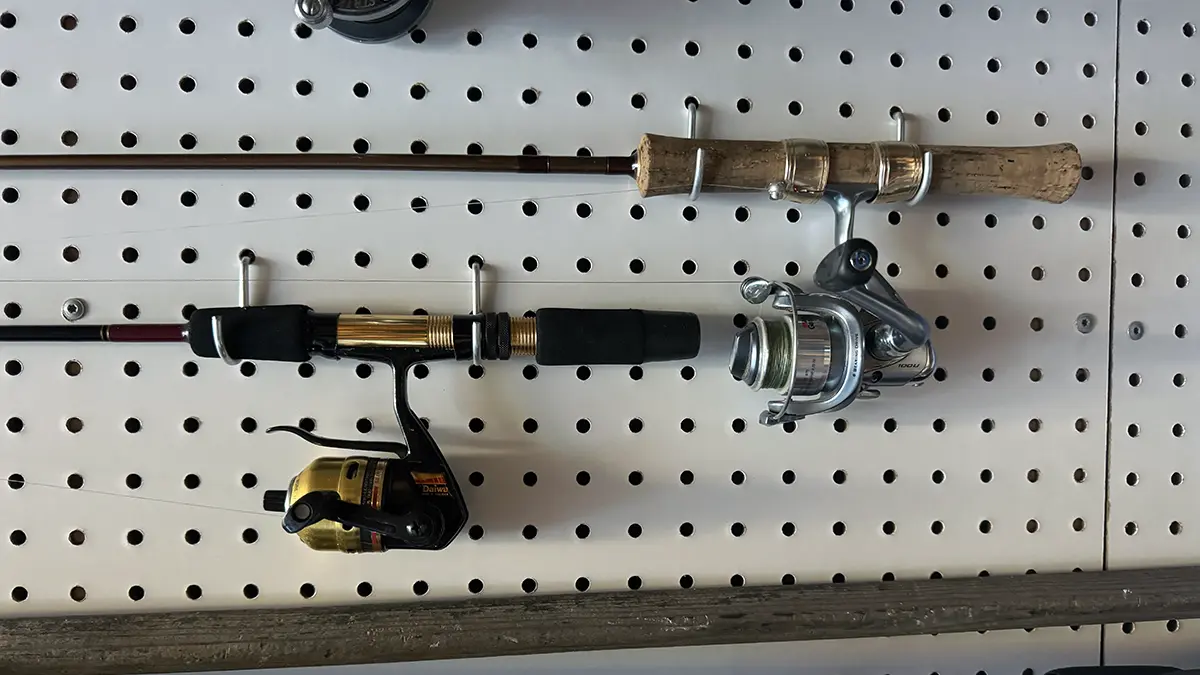
GETTING STARTED WITH PANFISH
Sunfish, bream, crappies and perch don’t really require any special tackle—you probably have everything you need in your garage already. I usually reach for an ultralight spinner when chasing ‘gills, but you can even get away with a cane pole. There are countless crappie-specific jig poles on the market if you decide to really get into it, but you can run what you brung until then. So grab that light-action spinner, slap a lightweight reel spooled with 4-pound-test on it, and get down to your local farm pond. Make sure to bring the kids, too, as this is often the type of fishing that will hook them for life. If the youngsters in your life aren’t quite ready for a spinning reel, an underspin like the one above is an excellent way to teach them the mechanics.
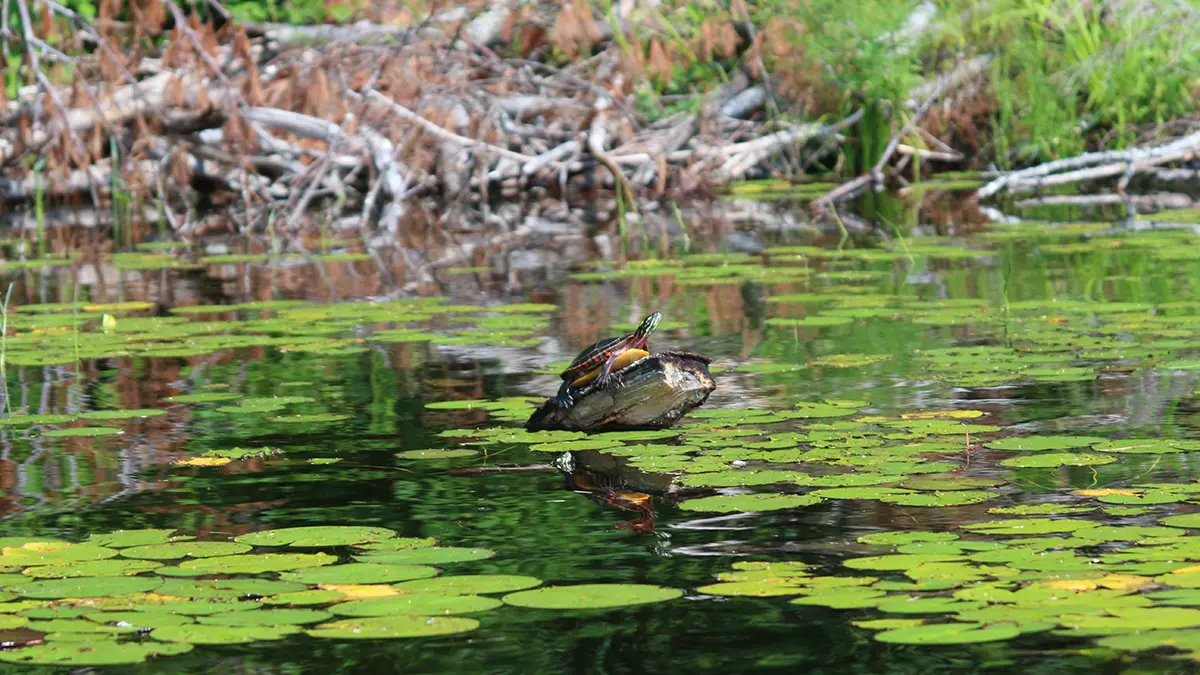
FINDING PANFISH
One of the best things about panfish is that you don’t have to work too hard to find them. They relate to just about any structure, including the dock you will stand on when you’re fishing for them. Brush piles tend to be the biggest congregators of species like crappie, so these warrant special attention. But any blow down, stick up, or major contour change will hold panfish. In the heat of the summer, shade becomes important, so look for overhead cover. And when they are spawning, they will be spread out over the flats, so look for their bowls to score. Depending on where you live, this could occur anytime from May to August. Don’t be bashful about using electronics if you have them; you can often find big schools suspending above bottom contours, weed lines, or wood piles.
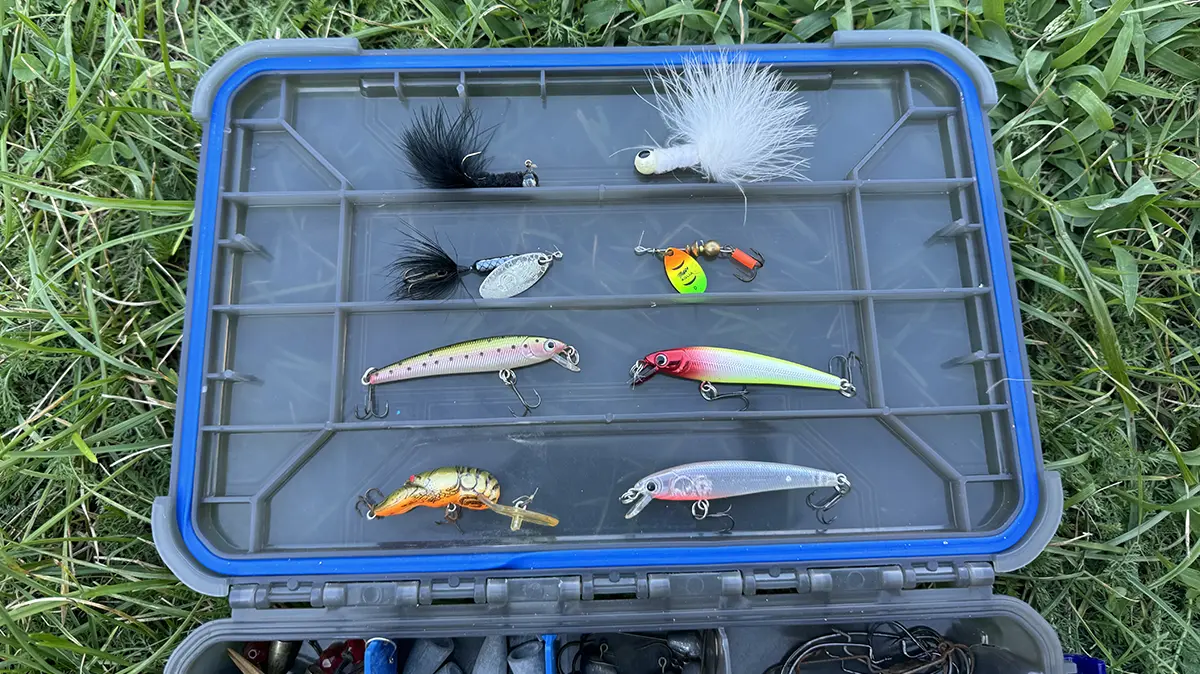
LURES
Jigs and spinners are the most commonly used panfish lures, but there are others. Anglers can score with a variety of downsized hard baits, including jerk and spy baits. But more often than not, I find myself turning to the humble marabou jig. These will catch just about anything you put them in front of, and you can work them at speeds ranging from a standstill to a very brisk pace. The smallest sizes of Yo-Zuri’s Pin’s Minnow have also been very effective for me over the years, worked with a reel, reel, pause cadence. But if I want to cover water quickly, I’ll tie on a spinner and burn it in fast enough to keep it just off the bottom. These are just a handful of productive lures. For more info on panfish lures, check out our roundups of the best crappie and bluegill baits.
LIVE BAIT
Panfish will readily hit artificial lures, but live bait still reigns supreme—especially if they start to get finicky. If you find yourself having difficulty with artificials, try the following baits. You can usually find them at local shops, but you can also have fun catching them yourself. This is especially true if you have little ones; they love foraging for bait.
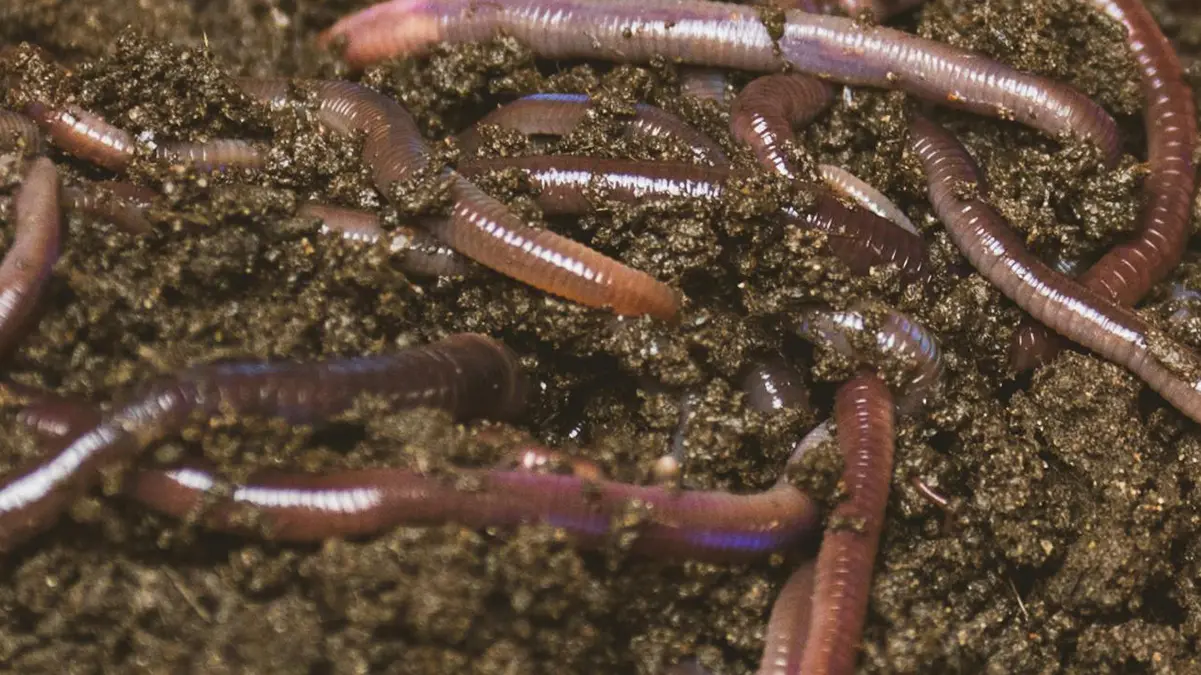
WORMS
The earthworm has probably caught more fish than just about any other bait in history. No matter where you fish, these wigglers will entice just about every species of freshwater fish. You can grab some at the bait shop, or dig your own out of your yard. Alternatively, you can make them come to you with the aid of a piece of wet cardboard placed on the ground. Put the cardboard down in the evening and check it in the morning; you find a mess of crawlers under it.
For panfish, select a worm slightly longer than a size 6 or 8 baitholder hook, or cut down a larger one so that it can wiggle on both ends. Thread it on the hook so most of the shank is covered, leaving the hook bend and barb exposed. Suspend it beneath a bobber so it is within a foot or so of the bottom, but experiment with depth as needed to find the strike zone. Use a couple pieces of split shot if necessary to keep it down. The classic red and white plastic bobber will work, but a balsa float offers less resistance, so you’ll be able to pick up on the slightest of bites. If the bites get really subtle, use a float with a narrow pencil profile. Plus, you can usually rig these as a slip float, which provides greater casting distance.
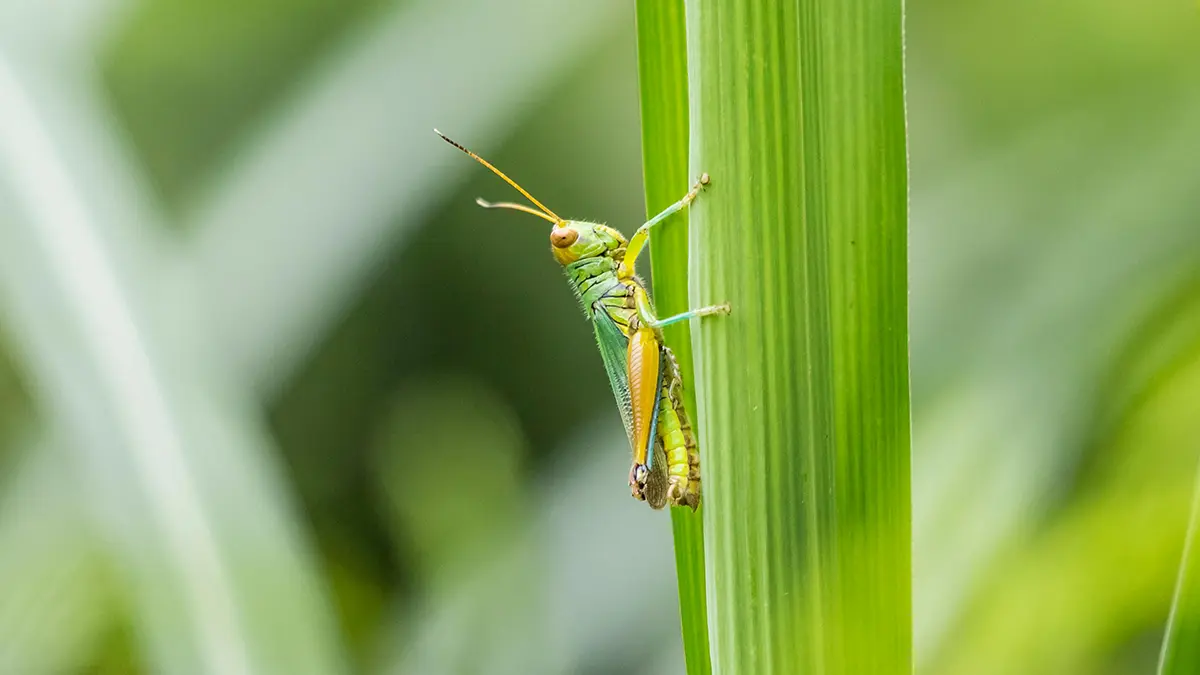
CRICKETS & HOPPERS
Worms are excellent, but they aren’t the only insect that produces. Crickets and grasshoppers are pretty much everywhere, and fish from trout to bullheads will devour them given the option. Dapped on the water’s surface,, the kicking action of the legs rings a dinner bell that will pull panfish out of the thickest cover for a meal. If you can’t find them at the local tackle shop, try the pet store—they are used as feed for a variety of critters. You can also catch your own using a trap built from a 2-liter soda bottle with the top cut off and inverted so it forms a funnel that lets crickets or hoppers in, but the small opening makes it difficult for them to leave. Fill the trap with some sugar, a hunk of apple, or other starchy substance, secure the top with duct tape, place it in a likely location and catch your bait.
Once you have enough hoppers to last an afternoon, head down to the lake. You’ll want to fish these on as light a wire hook as you can find so you don’t hinder their action, something in size 4 or 6 should do the trick. Rig them through the collar, and dangle them on the surface around likely structure using a long spinning rod or even a cane pole. Get ready for fast action, but don’t set the hook until you feel the weight of the fish. If for some reason fishing on the surface fails to produce, try adding some split shot to let them get deeper.
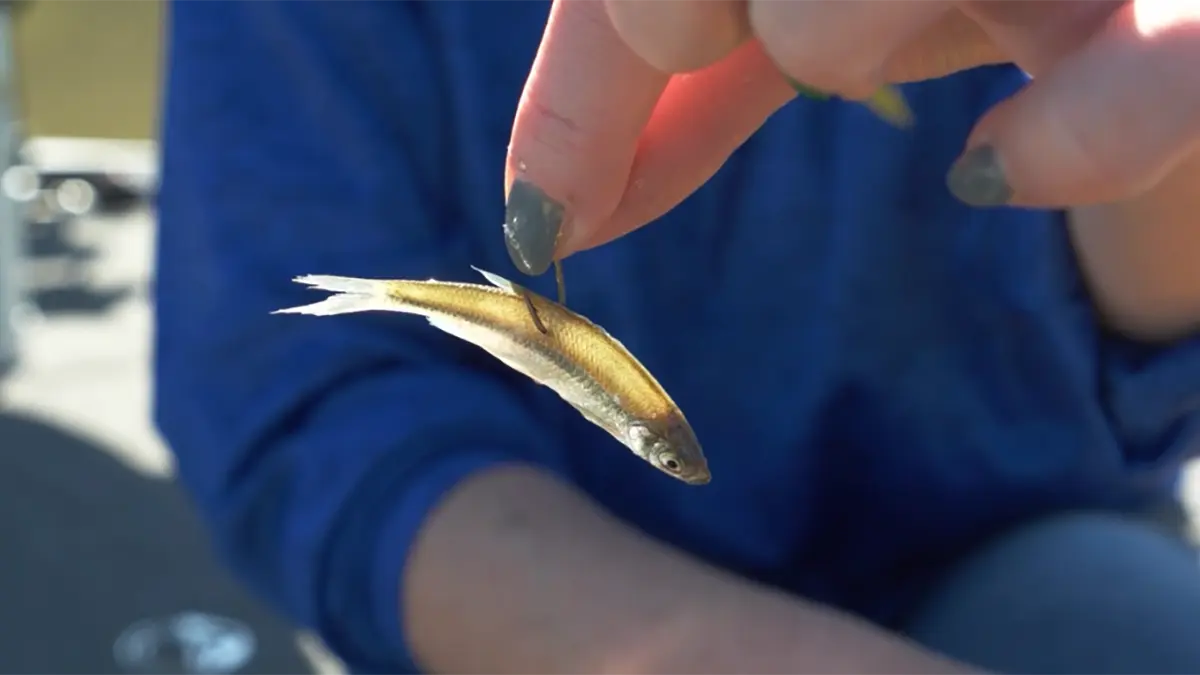
MINNOWS
Anyone that’s ever drilled a hole through the ice will tell you that minnows make an excellent bait for perch, crappie, and the like. But for some reason, this info is forgotten when you can’t stand on the lake. Pick some minnows up at your local bait shop, being careful to follow any applicable rules in the area—accidentally introducing baitfish into waters where they don’t belong can create serious issues. If you have any questions, contact the local fish and game department for guidance. Another, potentially better, option is to catch them yourself. This is pretty easily accomplished by baiting one of the commercially available torpedo-shaped minnow traps with a can of cat food with few holes punched in the lid near a dock or other structure that baitfish tend to congregate near in the lake or pond you plan on fishing. In a few days, you should have plenty, and you don’t have to worry about introducing anything, because they are from the body of water you are fishing in.
I like to fish minnows for panfish on a drop shot rig, which allows me to target precise depths. A light wire wire hook such as Eagle Claw’s Lazer Sharp L6P in size 4 placed through both lips seems to keep the minnow lively but controlled. If you want to search the depths more actively, consider using a ¼ to ⅛ ounce jighead with a size 4 or 6 hook, also rigged through the lips. Experiment with depth until you find the schools, then target those areas. There are many other ways to rig minnows, and you can find more examples at our handy guide.
CHUM ONE UP
You probably think of sharks when chum is mentioned, but it is a productive method to keep many species near. High fat content dog food, such as Ol’ Roy, is great for drawing invertebrates and fish to the dock. Alternatively, you can use pre-packaged chum, like Bill Dance’s Advantage. Broadcast it around the area you plan to fish, and the pellets will slowly disintegrate, letting the fat leach off and creating an inviting slick. This will lure minnows and aquatic insects in, creating a flurry of activity that draws all manner of predators in, including bluegill, crappie, perch and even bass. With all this activity right at your feet, you can easily score with jigs, spinners, or dough balls.
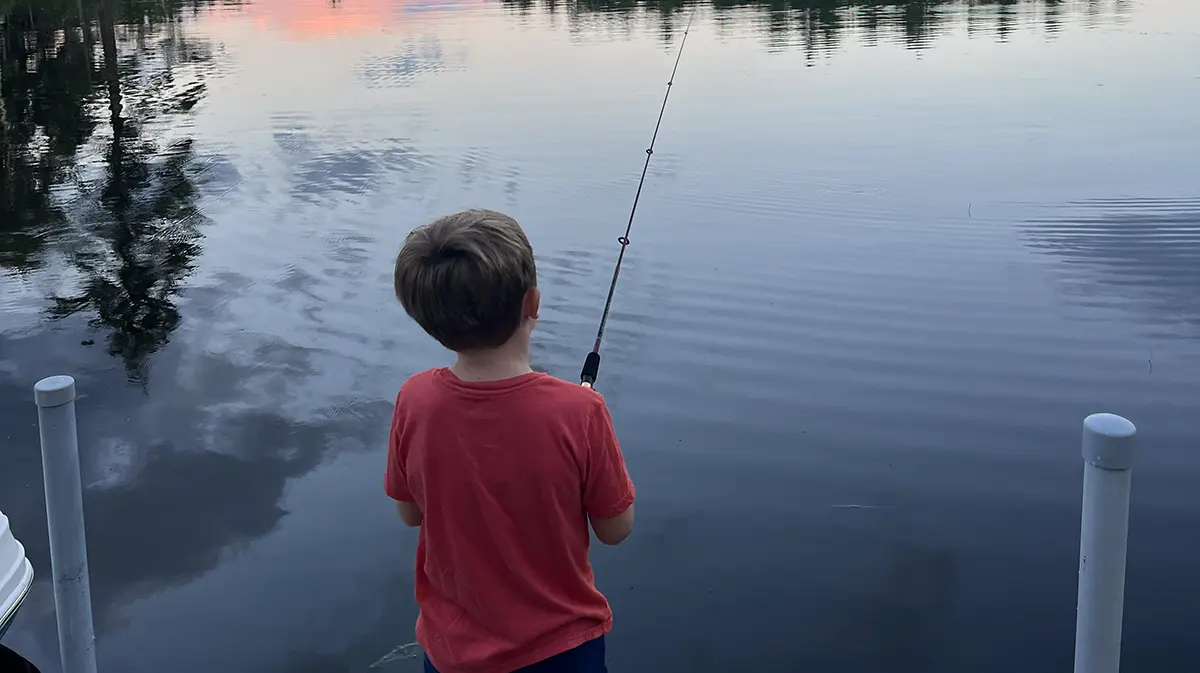
GET AFTER ‘EM
Panfish are the most fun you’re not having. Grab a lightweight rod, and beat the heat with some fast-paced action down at your local farm pond. You might just find a new favorite fish!












